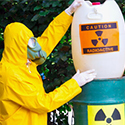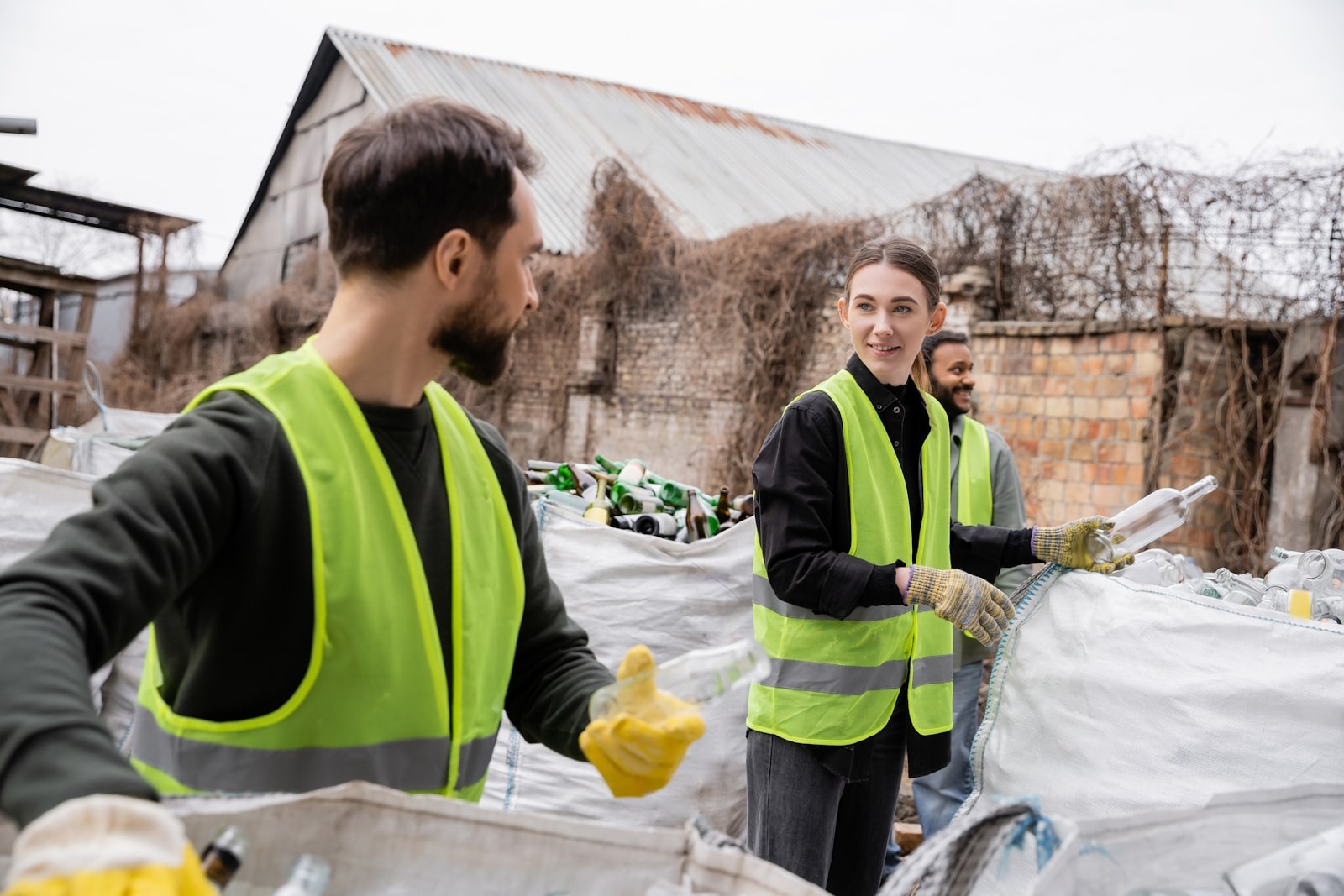Waste Management Services in Disaster Situations
South Africa faces increasing challenges from natural disasters such as floods, wildfires, and storms, which create sudden surges in waste generation. Managing this waste effectively is essential to protect public health, restore communities, and minimise environmental damage. Waste management services during emergencies must address a diverse array of waste types and implement rapid, safe, and sustainable solutions. This article explores critical aspects of waste management in disaster contexts, highlighting practical approaches and legal considerations relevant to South Africa.
Types of Waste Generated in Disasters
Disasters generate multiple types of waste that vary depending on the nature and scale of the event. Debris is often the most visible, consisting of damaged building materials, vegetation, and destroyed personal belongings. This waste can block access routes, hinder rescue efforts, and pose safety hazards if not cleared promptly. Alongside debris, hazardous materials such as chemicals, asbestos, oils, and fuels are frequently released during disasters, necessitating specialised handling to prevent contamination and health risks.
Biological waste, including human and animal remains, medical waste, and organic matter, presents additional public health concerns if not managed with care. Furthermore, municipal solid waste—typical household rubbish and packaging—accumulates quickly during emergencies, compounding environmental pollution if left uncollected. Effective waste management services must therefore account for the full spectrum of waste generated and tailor their response accordingly.
Rapid Waste Assessment Techniques
Prompt assessment of waste volume and composition is crucial for designing efficient waste management interventions in disaster zones. Visual surveys conducted by teams on the ground provide immediate, though sometimes limited, data on the scale and type of waste. To complement this, aerial imagery captured by drones or satellites offers a broad, detailed overview, especially valuable in hard-to-reach areas where access may be restricted.
Geographic Information Systems (GIS) enable the mapping of waste accumulation hotspots and support prioritisation of cleanup activities. Additionally, community reporting through mobile apps empowers local residents to contribute real-time information on waste challenges, enhancing responsiveness. By combining these tools, waste management services can develop well-informed strategies that align resources effectively to the areas of greatest need.
Temporary Waste Storage Solutions
Disasters often result in waste volumes that overwhelm regular collection systems, making temporary storage solutions essential. Setting up designated collection points and temporary storage sites close to affected areas helps organise waste collection, preventing random dumping and environmental degradation. These sites should be secure, fenced off, and equipped with clear signage to guide segregation of waste types.
Mobile storage units such as containers or bins provide flexibility to relocate storage based on shifting needs. Maintaining secure and orderly temporary storage prevents illegal scavenging and reduces risks of cross-contamination, especially when hazardous or biological waste is involved. Implementing robust temporary storage infrastructure is a vital part of any emergency waste management plan.
Safe Disposal of Hazardous Waste
Hazardous waste poses significant risks to human health and the environment if mishandled during disaster response. Effective waste management services ensure strict segregation of hazardous materials from general waste, using sealed and durable containers to prevent leaks or spills. Transportation must be conducted using licensed vehicles operated by trained personnel following legal regulations.
South African legislation mandates that hazardous waste be treated and disposed of only at authorised facilities equipped to neutralise toxic substances safely. Protocols must also include measures to protect waste handlers and responders from exposure, including the use of personal protective equipment (PPE). Adhering to these protocols safeguards not only the environment but also the health of communities and emergency workers.
Debris Removal and Recycling
Disaster debris, while often seen as waste, can be a valuable resource if managed correctly. Sorting debris into categories such as wood, metal, concrete, and glass facilitates recycling and reuse, significantly reducing the volume sent to landfills. Crushing and shredding debris can convert it into construction material for rebuilding efforts, promoting sustainable recovery.
Incorporating recycling into waste management services during disasters aligns with South Africa’s National Waste Management Strategy, which aims to reduce landfill waste and promote circular economy principles. Recycling also reduces the environmental footprint of disaster recovery and provides economic opportunities through material recovery initiatives.
Coordination Between Agencies
Effective waste management during emergencies requires close cooperation among multiple agencies, including municipal authorities, environmental departments, emergency services, and specialised contractors. Establishing a unified command structure streamlines decision-making and resource allocation, reducing duplication of efforts and improving operational efficiency.
Sharing equipment, personnel, and information across agencies enables a coordinated response that can adapt quickly to evolving disaster conditions. Regular communication channels and joint training exercises prepare stakeholders to collaborate seamlessly during actual events. This coordination is essential for implementing comprehensive waste management services that address all aspects of disaster-generated waste.
Health Risks Associated with Disaster Waste
Unmanaged disaster waste creates significant public health hazards. Accumulated waste provides breeding grounds for disease vectors such as mosquitoes, rodents, and flies, increasing risks of vector-borne illnesses. Leachate from decomposing waste can contaminate groundwater and surface water sources, threatening safe drinking water supplies.
Open burning of waste releases harmful air pollutants, exacerbating respiratory conditions among affected populations. Exposure to infectious biological waste or hazardous chemicals can lead to outbreaks of diseases or acute poisoning. Effective waste management services mitigate these risks by ensuring timely collection, segregation, and safe disposal, thereby protecting community health during vulnerable periods.
Use of Mobile Waste Treatment Units
Mobile waste treatment units offer adaptable, onsite solutions that are invaluable during disaster response. These portable technologies enable immediate processing of various waste types, including hazardous materials, reducing the need for transportation to distant facilities. Onsite treatment minimises delays, lowers costs, and limits environmental risks associated with moving dangerous waste.
Mobile units are designed to handle fluctuating volumes and diverse waste streams, making them ideal for dynamic disaster environments. Providers like A-Thermal specialise in deploying mobile hazardous waste disposal units that comply with safety and environmental standards, ensuring comprehensive waste management services tailored to emergency situations.
Community Involvement and Education
Engaging affected communities is fundamental to sustainable disaster waste management. Awareness campaigns educate residents about the importance of proper waste handling and encourage participation in clean-up efforts. Training sessions can equip community members with skills in waste segregation, recycling, and reporting illegal dumping.
Volunteer initiatives mobilise local resources and foster a sense of ownership in the recovery process. Providing accessible platforms for community feedback helps waste management services identify problem areas and adapt their strategies accordingly. Experience shows that community involvement improves waste collection coverage, reduces environmental impact, and promotes healthier living conditions post-disaster.
Waste management services are critical in mitigating the environmental and health impacts of disasters. By adopting rapid assessment methods, setting up efficient temporary storage, ensuring the safe disposal of hazardous materials, and fostering collaboration and community participation, South Africa can improve its disaster resilience. At A-Thermal, we provide expert waste management services, including mobile hazardous waste treatment, tailored to meet the challenges of emergency scenarios. Contact us today to learn how our solutions can support your disaster response efforts safely and effectively.







